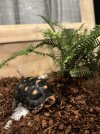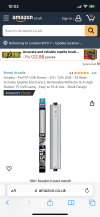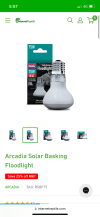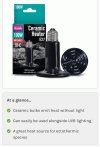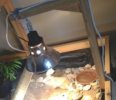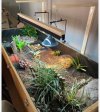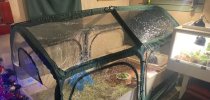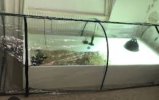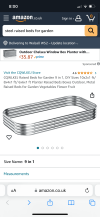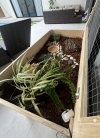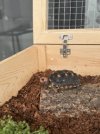PoppyT
New Member
Hi! I just got this redfoot, I was told she is about 3 years old and is 5 inches. She is my first tortoise, I’ve done a lot of research and I know she has pyramiding. My question is, how bad would you say it is? Does the new growth look like it’s going well? Does she look healthy? I can’t really tell just yet.
I know it can’t be reversed but any tips on how to keep her shell growing perfectly from here on out would help.
She lives in an outdoor enclosure where the temps are about 85-95 and humidity 70-85. she does have a humid hide, I spray her substrate daily, access to water 24/7, she eats mulberry, hibiscus, grass mostly and leafy greens (kale, bokchoy, cabbage, mustard greens) soak her every morning for about 15 minutes. Her substrate is coco coir and orchid bark. Her enclosure has a bunch of plants as well.
Thank you.
I know it can’t be reversed but any tips on how to keep her shell growing perfectly from here on out would help.
She lives in an outdoor enclosure where the temps are about 85-95 and humidity 70-85. she does have a humid hide, I spray her substrate daily, access to water 24/7, she eats mulberry, hibiscus, grass mostly and leafy greens (kale, bokchoy, cabbage, mustard greens) soak her every morning for about 15 minutes. Her substrate is coco coir and orchid bark. Her enclosure has a bunch of plants as well.
Thank you.
